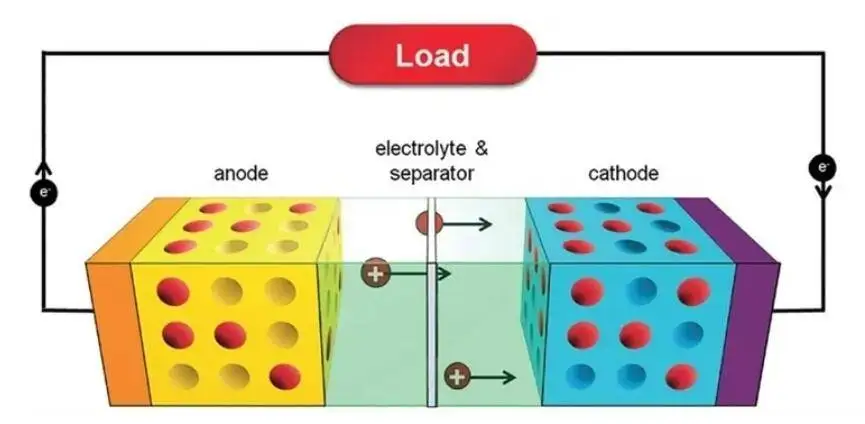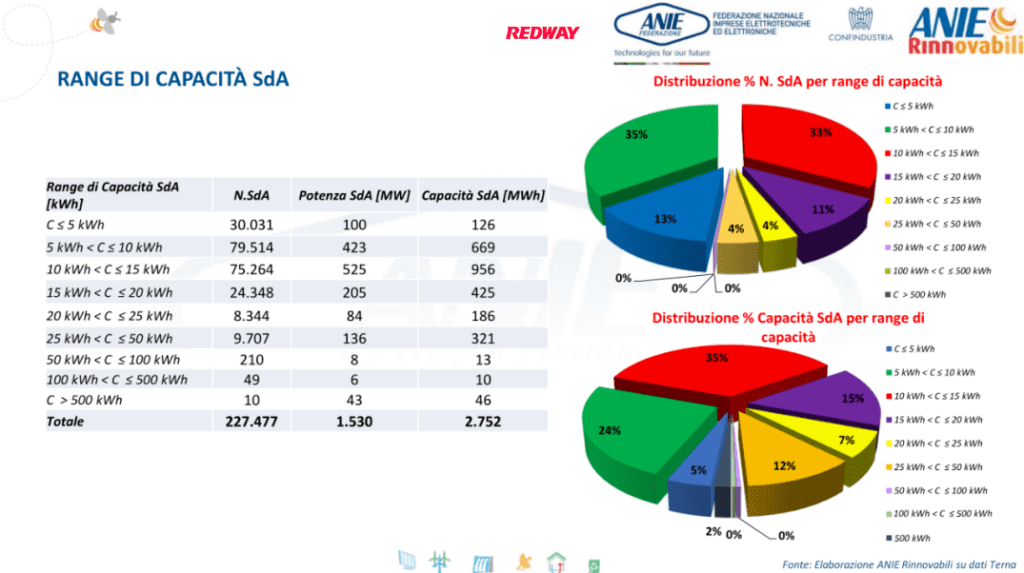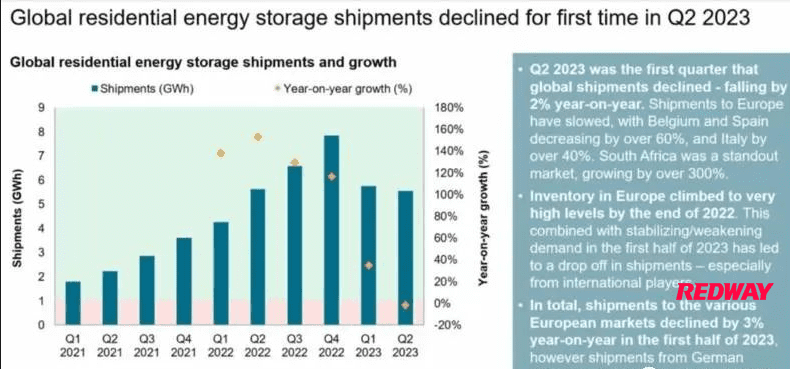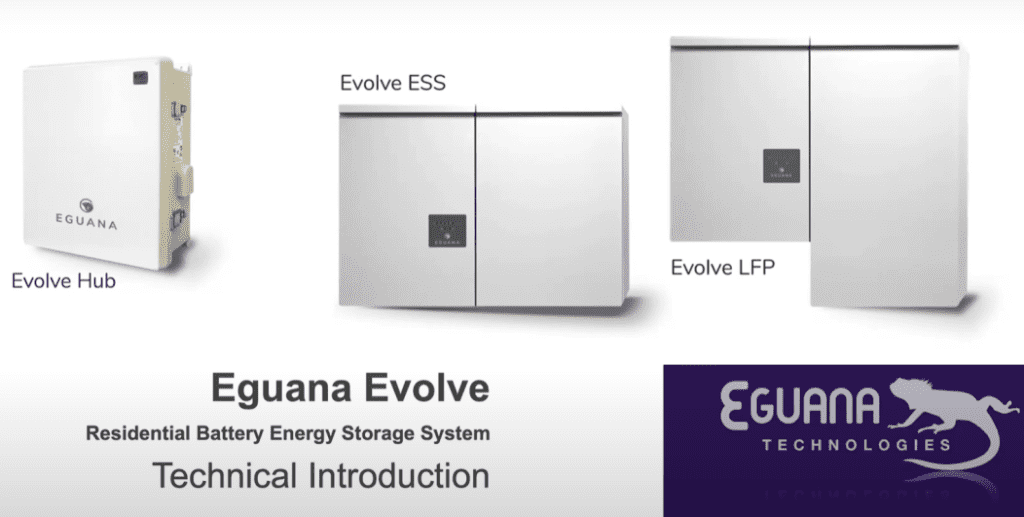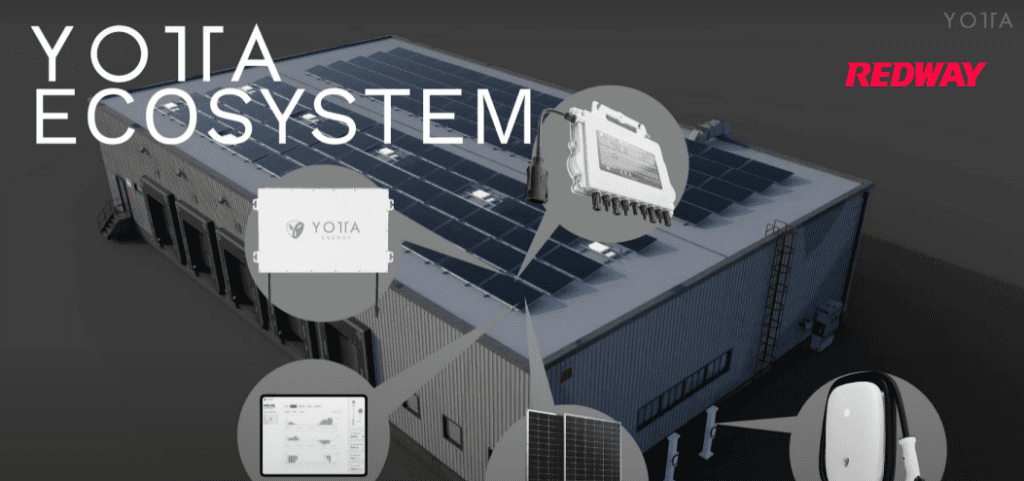In 2024, the U.S. battery energy storage sector is set to experience substantial growth, with projections indicating an increase of nearly 89% in capacity compared to previous years. This surge is driven by advancements in technology, supportive policies, and decreasing costs, positioning battery storage as a critical component of a sustainable energy future.
What are the projected growth rates for battery energy storage in 2024?
The U.S. Energy Information Administration (EIA) forecasts that battery storage capacity will nearly double by the end of 2024, reaching over 30 GW of installed capacity. This represents a significant increase from previous years and reflects the growing demand for reliable energy solutions as more renewable resources are integrated into the grid.
Chart: Projected Growth Rates
| Year | Expected Capacity (GW) | Percentage Increase |
|---|---|---|
| 2023 | ~16 | – |
| 2024 | >30 | 89% |
How do battery storage capacities compare year-over-year?
In Q2 2024, U.S. energy storage deployments reached approximately 10.5 GWh, marking an 86% increase from Q2 2023. This substantial growth is attributed to both utility-scale and distributed systems, with utility-scale installations accounting for a significant portion of new capacity.
Chart: Year-over-Year Capacity Comparison
| Quarter | Capacity Added (GWh) | Year-on-Year Growth (%) |
|---|---|---|
| Q2 2023 | 5.6 | – |
| Q2 2024 | 10.5 | 86% |
What role do state policies play in the growth of battery energy storage?
State policies significantly influence the expansion of battery energy storage systems by providing incentives and regulatory frameworks that promote investment in clean energy technologies. For instance, California’s aggressive renewable portfolio standards and tax incentives have catalyzed substantial growth in local battery installations, making it a leader in this sector.
Chart: Impact of State Policies on Storage Growth
| State | Key Policy Initiatives | Impact on Storage Growth |
|---|---|---|
| California | Renewable Portfolio Standards | High |
| Texas | Market-driven incentives | Moderate |
| New York | Clean Energy Standard | High |
Why is cost reduction significant for battery energy storage technologies?
Cost reduction is pivotal for enhancing the adoption of battery energy storage technologies. As manufacturing efficiencies improve and supply chains expand, prices for lithium-ion batteries are expected to continue declining, potentially reaching as low as $80 per kWh by 2030. These reductions make energy storage more economically viable for both residential and commercial applications.
Chart: Cost Trends Over Time
| Year | Average Cost per kWh ($) |
|---|---|
| 2023 | ~139 |
| 2024 | <139 |
| 2030 (Projected) | ~80 |
What emerging trends are influencing the battery energy storage market?
Several trends are shaping the future landscape of battery energy storage:
- Increased Battery Density: Advances in technology are leading to higher energy densities, allowing more power to be stored in smaller spaces.
- Long-Duration Storage Solutions: There is growing interest in technologies that can provide power over extended periods, addressing intermittency issues associated with renewable sources.
- Integration with Electric Vehicles (EVs): The rise of EVs presents opportunities for bidirectional charging systems that allow vehicles to act as mobile energy sources.
- Battery Recycling Initiatives: As demand grows, so does the focus on recycling materials to create a sustainable lifecycle for batteries.
Latest News
The U.S. continues to see robust growth in its battery energy storage market, with expectations for installations to reach record levels by mid-2024. Recent reports indicate that utility-scale projects dominate new deployments, particularly in states like California and Texas, which account for a large share of new capacity additions.Editor Comment
“The anticipated growth in U.S. battery energy storage reflects not only technological advancements but also a collective commitment to renewable energy integration,” states Dr. Lisa Nguyen, an expert in sustainable energy systems. “As we navigate challenges related to cost and infrastructure, it’s crucial that we prioritize innovative solutions that support our transition towards a cleaner future.”





